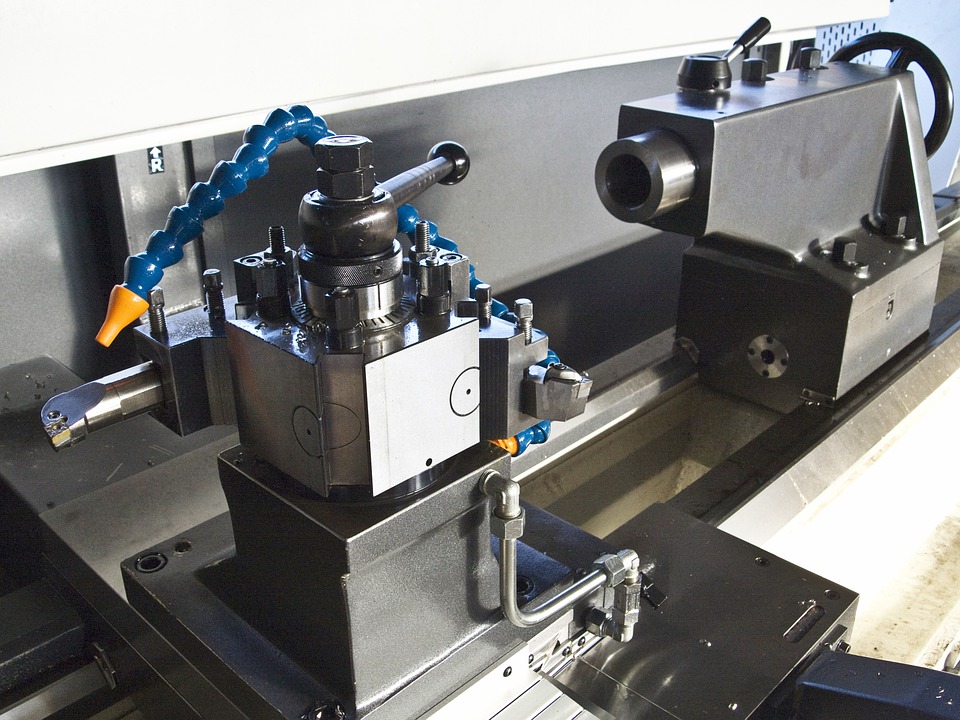What is Ball Milling Glass?
5 min read
Ball milling glass is frequently utilized for crushing powders as well as for oxides or nanocomposite union or potentially structure/stage piece improvement. Mechanical enactment by ball processing is known to build the material reactivity and consistency of spatial circulation of components.
Analytical Applications of Graphene for Comprehensive Analytical Chemistry
Going about as crushing media and pivoting shell to make outward power. 4A schematic delineates ball processing process for graphene arrangement. At first, as a result of huge size of graphite.
Compressive power overwhelms and as the graphite gets divided, shear power cuts graphite to create graphene. Processing upheaval each moment (rpm), ball-to-graphite/powder proportion (B/P), introductory graphite weight, ball width.
Top notch graphene can be accomplished under low processing speed; however it will expand the handling time which is exceptionally bothersome for huge scope creation.
Processing of Polymer Nanocomposites
Ball milling glass is a crushing technique that crushes nanotubes into incredibly fine powders. Under specific handling conditions, the particles can be ground to as little as 100 nm. 25 Even however ball processing is not difficult to work and reasonable for powder polymers or monomers, process-actuated harm on the nanotubes can happen.
Collision-friction Synthesis of Carbon Nanomaterials Ball Milling Glass by a High-speed Ball-milling Process
The ball-processing process is normal in crushing machines just as in reactors where different practical materials can be made by mechanochemical union.
A straightforward processing process lessens both CO2 age and energy utilization during materials creation. In this a novel mechanochemical approach 1-3) to deliver complex carbon nanomaterials is accounted for. It is exhibited that novel carbon nanostructures including carbon nanotubes and carbon onions are integrated by fast ball-processing of steel balls.
It is viewed as that the gas-stage response happens around the outer layer of steel balls under neighborhood high temperatures prompted by the impact contact energy in ball-processing process, which brings about stage isolated special carbon nanomaterials.
Solid-state Ball Milling Formation of Carbon Nanotubes
Ball milling glass ball processing is a customary powder-handling method, which is essentially utilized for lessening molecule sizes and for the blending of various materials. The procedure is broadly utilized in mineral, drug, and ceramic ventures, just as logical research facilities.
The HEBM procedure talked about in this part is another method grown at first for creating new metastable materials, which can’t be delivered utilizing warm harmony cycles, and along these lines is altogether different from traditional ball processing strategy.
HEBM was first revealed by Benjamin during the 1960s. Up until now, a huge scope of new materials has been orchestrated utilizing HEBM.
For instance, oxide-scattering reinforced compounds are orchestrated utilizing an incredible high-energy ball factory (attritor) on the grounds that traditional ball factories couldn’t give adequate crushing energy. Concentrated exploration in the blend of new metastable materials by HEBM was animated by the spearheading work in the amorphization of the Ni-Nb amalgams led by Kock et al. in 1983 .
These new stage changes instigated by HEBM are for the most part alluded as mechanical alloying (MA). Simultaneously, it was tracked down that at room temperature,
HEBM can enact synthetic responses which are typically just conceivable at high temperatures [45]. This is called receptive processing or mechano-science. Responsive ball processing has delivered a huge scope of Nano sized oxides, nitrides, hydrides, and carbide particles.
The significant contrasts between ordinary ball processing and the HEBM are recorded in the Table 1. The effect energy of HEBM is ordinarily multiple times higher than the ordinary ball processing energy.
Normal Glass Milling Processes
Jaw Crusher
Utilization of a ‘jaw smasher’ brings about the coarsest toil of any interaction illustrated here.
A jaw smasher capacities likewise to a standard nutcracker, utilizing the immediate use of compressive power between a couple of mechanical ‘jaws’ to crack strong materials.
These jaws will by and large be organized upward, implying that the hole between them will tight as material falls through the framework.
Molecule size will, accordingly, decline as the material travels through the smasher, with squashed material leaving through the limited hole at the base between the jaws whenever this has been handled.
Jaw smashers are rock solid machines ordinarily found in mining and quarry applications. Thusly, these are appropriate to ceaseless use with materials showing changing levels of hardness.
Jaw smashers are regularly utilized when handling bigger pieces of material, yet these are inadmissible for fine crushing. All things considered, these instruments might be utilized as a primer advance preceding controlled crushing utilizing a fly factory or ball plant.
Sledge Mill
A sledge factory (or mallet smasher) offers further developed accuracy over a jaw smasher.
This apparatus utilizes sledges to pound total material into more modest particles. It is oftentimes utilized for handling natural waste, papers, and staples, including grain and organic product. Mallet factories are additionally usually used to deliver glass powder.
Sledge factories are profoundly strong devices appropriate for coarse crushing, and these are accessible with single or different lines of mallets.
Ball Mill
Its versatility and cost-viability have driven ball processing to become one of the most famous and generally utilized glass processing procedures.
A ball factory for glass handling is contained a turning or vibrating ceramic lined drum, with a few – commonly alumina, zirconia, or other tough material – balls inside the drum, framing the crushing medium.
When the glass is added to the drum, the drum pivots, causing consistent effect and steady loss between the balls and the glass, eventually separating the glass into more modest particles.
Ball plants offer astounding adaptability and are accessible in a wide scope of sizes. These apparatuses can perform dry or wet processing and are viable with a different exhibit of crushing media.
Ball factories are likewise ready to oblige bunch or consistent handling, while grind size can be changed by modifying the balls’ measurement.
Reads More: How to Be a Network Engineer?
Modern ball factories can coarsely squash somewhat enormous material, while lab-grade ball plants are reasonable for finely processing glass to the micron level and further. ‘High energy’ ball processing offers clients the ability to dependably crush the material into nanoscale particles.4
Outward Mill
Most of outward factories are found in labware. An outward factory utilizes a shearing activity between a rotor and a proper sleeve to separate the material in a somewhat obvious manner.
These instruments offer incredibly high rotational rates (up to a huge number of RPM), working with the quick, complicatedly controlled crushing of little clusters of material. Strainers permit the extraction of molecule sizes as little as several microns in distance across.
Stream Mill
The stream plant is an accuracy piece of gear that utilizes a high-speed stream of gas or packed air to incite the crash of glass particles inside a chamber.
When the particles have arrived at a little enough size, an interaction known as cyclonic partition permits particles to leave the gas stream.
Fly factories can be utilized to persistently process glass particles until these arrive at the necessary size, permitting glass powder to be processed with insignificant variety in molecule size.5
Like ball plants, fly factories can likewise crush glass powder down to sub-micron molecule sizes.




